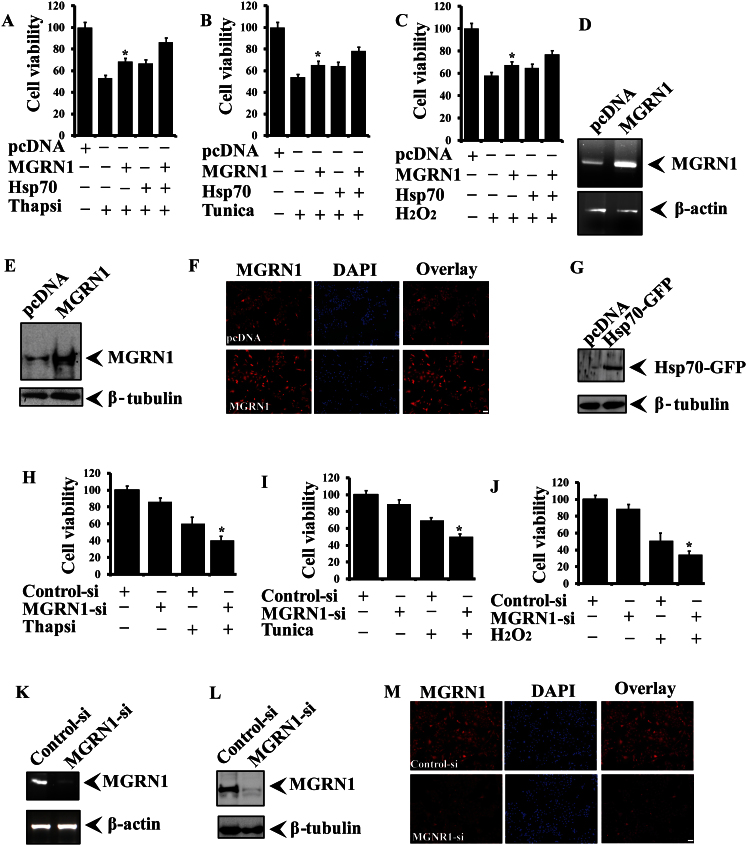Figure 7. MGRN1 contributes to the cytoprotective potential and alleviates cell death induced by various stressors.
(A–C) A549 cells were transiently transfected with the MGRN1-Myc plasmid and some of the cells co-transfected with the Hsp70-EGFP construct. After 48 hours of transfection, cells were treated with 5 μg/ml thapsigargin for 8 h (A), 10 μg/ml tunicamycin for 10 h (B), or 0.5 mM H2O2 for 5 h (C) and cell viability was measured using an MTT assay. Values are presented as the mean ± S.D. of three independent experiments, each performed in duplicate. *, p < 0.05 compared with the empty pcDNA-transfected (stress inducing treated) experiment. (D–G) Some transfected cells were processed for RT-PCR (D), immunoblot (E) and for immunofluorescence staining (F). Overexpressed Hsp70 was detected by using GFP antibody (G). (H–J) As described in above sections (A–C), cells were transiently transfected with control (scrambled siRNA) or MGRN1 siRNA oligonucleotides and treated with thapsigargin (H), tunicamycin (I) and H2O2 (J). Cell viability was measured using an MTT assay. Values are the mean ± S.D. of three independent experiments, each performed in duplicate. *, p < 0.05 compared with the control (scrambled siRNA-stress inducing treated) experiment. (K–M) As described in H, the cells were collected and processed for RT-PCR (K), immunoblotting (L) and immunofluorescence staining (M) with an MGRN1 antibody. For nuclear staining, fixed cells were incubated with DAPI for 10 minutes.

